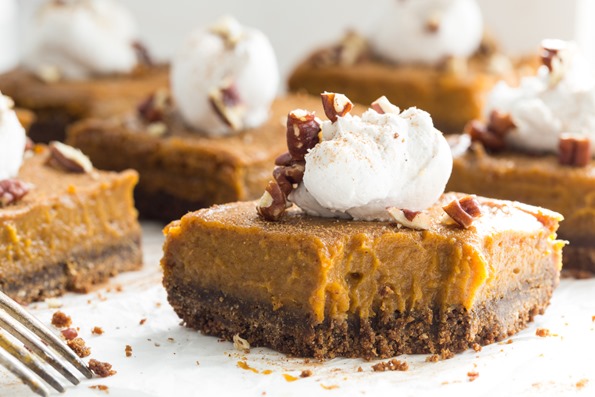
BY LEVAR ALONZO
With Thanksgiving nearing, one may think making a traditional gluten-free holiday meal would be difficult. The array of stuffing, rolls, gravy and desserts at the typical Thanksgiving dinner can bring on a severe attack of fear, guilt or both, especially if you’ve recently been diagnosed with celiac disease or non-celiac gluten sensitivity.
A recent study conducted by the New Yorker in 2014 , approximately two million Americans consume gluten on a regular basis. Out of those two million, one in three are likely to experience a form of distress when gluten is consumed. Gluten is a protein found in wheat, barley, and rye.
Experiencing an affliction to gluten is presumably rare. Celiac disease affects roughly one percent of the American population. Its catalyst is gluten. Being exposed to the protein while diagnosed with celiac disease can cause an immune reaction that causes harmful damage to the small intestine. The proliferation of this new dietary fad has seen the rise in gluten-free menus; labels and guests promising that this Thanksgiving’s table could have a new take on the traditional dinner.
“Growing up in a household where the meat, bread and potatoes literally are the backbone of thanksgiving meal you are left out in the cold…No one caters to your dietary choice,” said Rachel Mangro, 22, a York college movement science major and gluten free advocate.
Gluten, one of the most heavily consumed proteins on earth, is created when two molecules, glutenin and gliadin, come into contact and form a bond. When bakers knead dough, that bond creates an elastic membrane, which is what gives bread its chewy texture and permits pizza chefs to toss and twirl the dough into the air. Gluten also traps carbon dioxide, which, as it ferments, adds volume to the loaf. Humans have been eating wheat, and the gluten in it, for at least ten thousand years.
A decade ago, ninety-nine per cent of Americans rarely seemed to give gluten much thought. A report by Packaged Facts stated that gluten-free food market is now a $4.2 billion industry, and interest has extended to the restaurant industry as well.
As reported by the Huffington Post in 2015, 200 million restaurant visits in the past year included a gluten-free order. While the spike in those who have a gluten allergy or intolerance contributes to the increased popularity of gluten-free diets, another reason is simply the supposed health benefits of forgoing gluten.
“As many dietary fads go the health benefits are always a factor to some people. It boils down to folks simply worrying about life and longevity in general…Seeing your kids accomplish something for example,” said Dr. Lissamma Chacko, a family pediatrician at AdvantageCare Physicians (ACP) in Jamaica Estates, Queens.
The spike in this new dietary fab is likely to see families now catering to the needs of those who chose to cut out gluten. Families now will not have to travel to specialty stores just to obtain the ingredients to make the dinner rolls. More and more local grocers are adapting to the new fad.
“The best way to appease to everyone is to make the meal from scratch using gluten-free products…local grocery stores around the country are all now catching up with the needs of the gluten free,” said Jane Anderson, a Celiac disease and gluten sensitivity expert in her newsletter on about health website.
Companies such as Whole Foods Bakery cater to gluten free diets with an array of pumpkin pies. Maxwell’s Kitchen and Celifibr also offer every spice, stuffing mix and gravy mix to help everyone enjoy the holiday. Even Walmart now boasts a variety of gluten free products.

